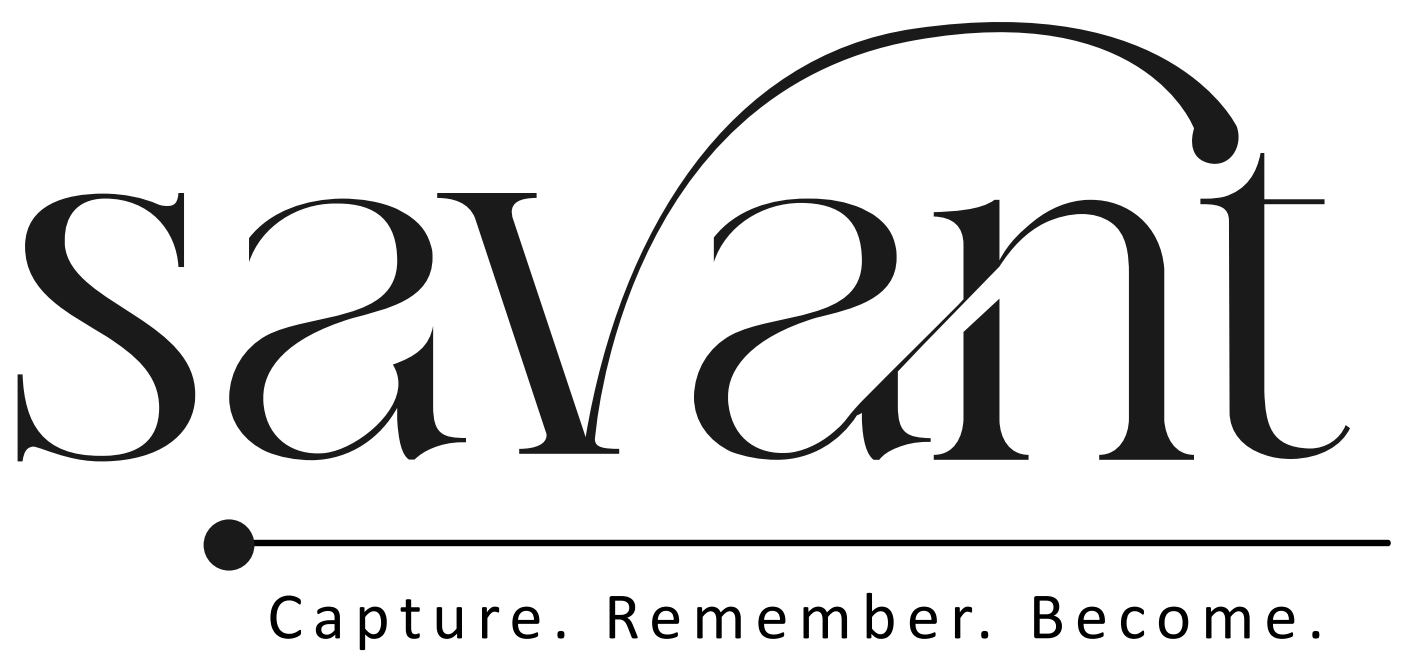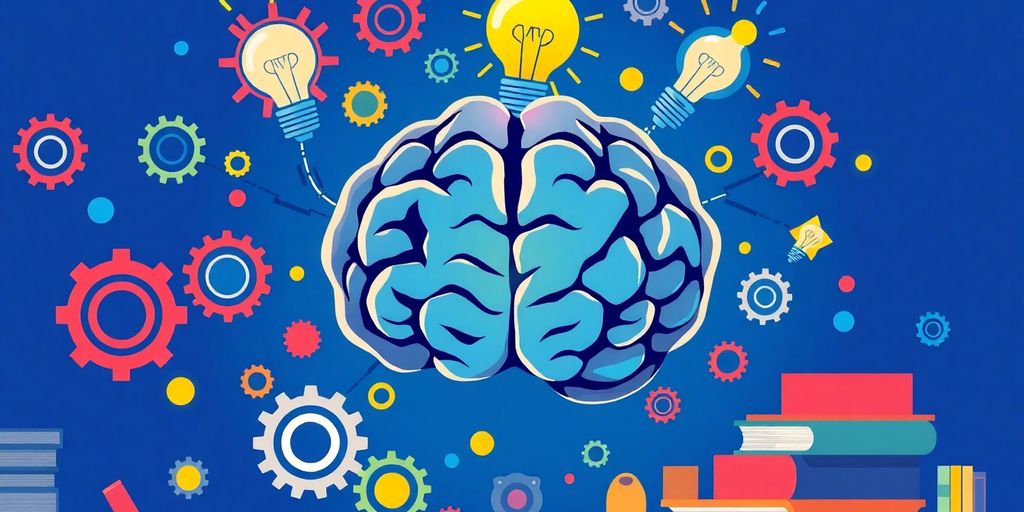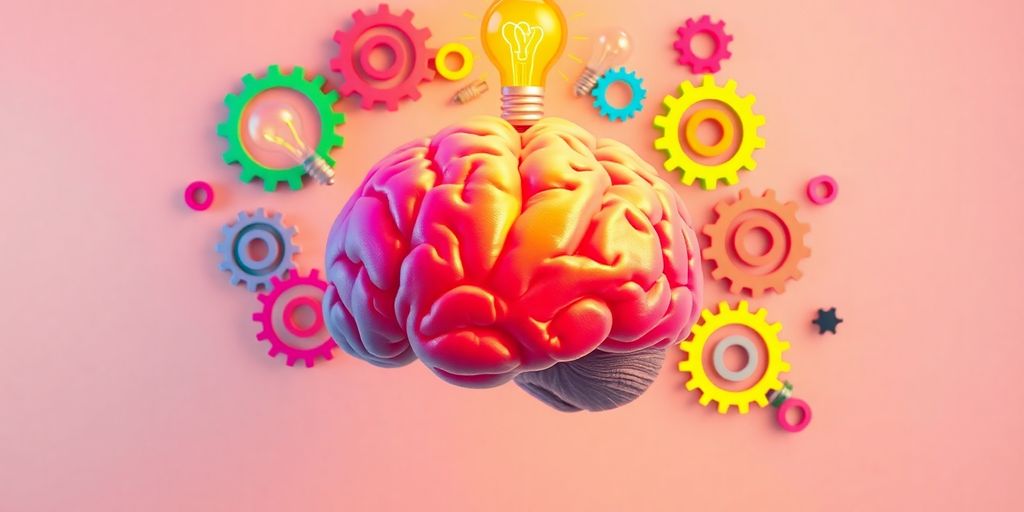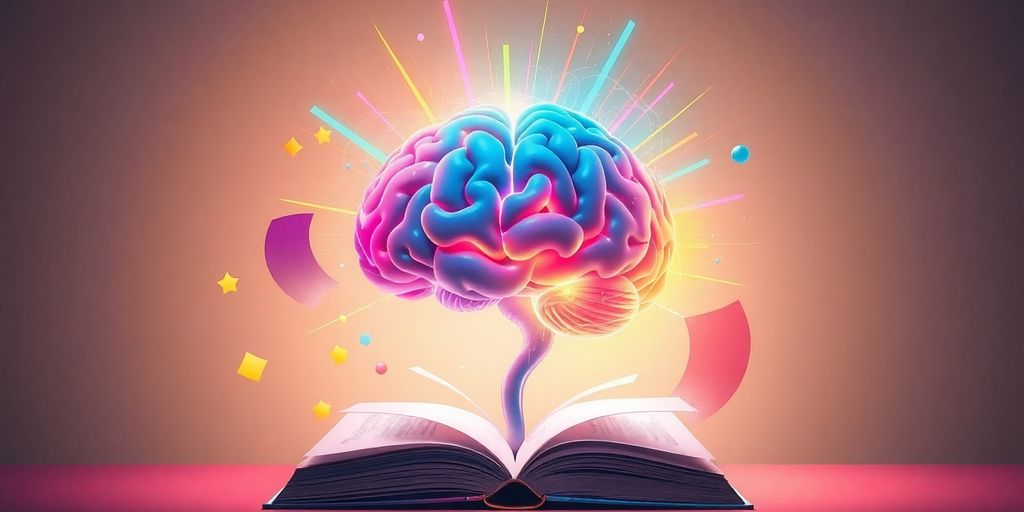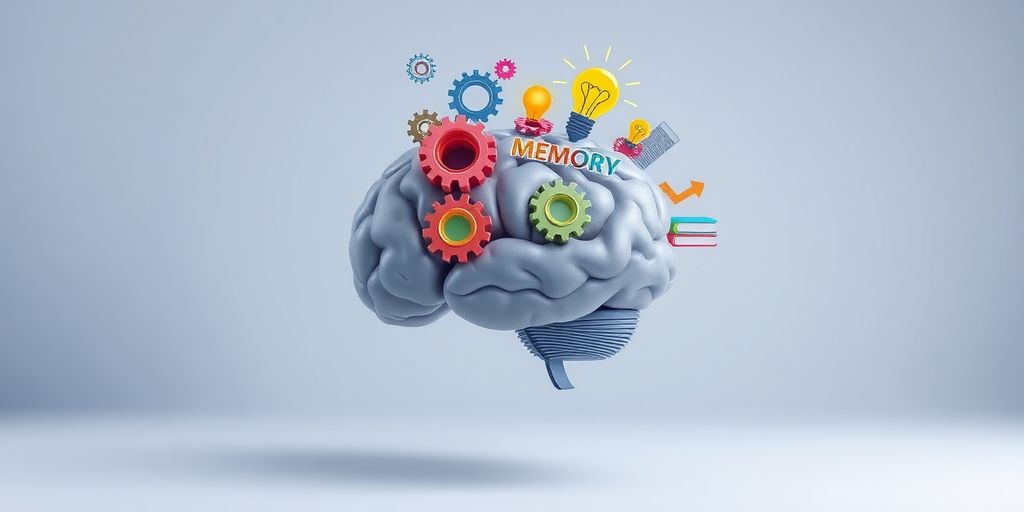Ever find yourself forgetting where you left your keys or blanking on a friend’s name? You’re not alone. Memory can be tricky, but the good news is, you can actually train your brain to remember better. Whether you’re a student trying to ace exams or just someone looking to keep your mind sharp, there are simple strategies you can start using today. Let’s dive into ten effective ways to boost your memory and keep it in top shape.
Key Takeaways
- Link new info to things you already know to make it stick.
- Break down big chunks of info into smaller, bite-sized pieces.
- Use mental pictures to help remember details better.
- Keep your brain active with regular practice and review.
- Stay fit and get enough rest to keep your brain healthy.
1. Create Meaningful Associations
Ever wonder why some things just stick in your mind while others slip away? Creating meaningful associations is a fantastic way to give your memory a boost. Our brains love making connections, so when you want to remember something, try linking it to something you already know. This could be a familiar idea, a vivid image, or even a personal experience. These connections make the new info stick like glue!
Why Associations Work
Associations work because they tap into your brain’s natural way of organizing information. Think of your memory as a web of interconnected nodes, where each piece of information is linked to others. By creating associations, you’re effectively weaving new threads into this web, making it easier for your brain to retrieve the information later. This concept is similar to associative memory, where creating connections between different pieces of information can enhance recall.
How to Create Associations
Here are some simple ways to create meaningful associations:
- Link to Personal Experiences: Tie new information to experiences you’ve had. This personal connection makes it more memorable.
- Use Visual Imagery: Picture the information in a vivid and detailed way. The more colorful and bizarre, the better it sticks.
- Relate to Known Concepts: Connect new ideas to concepts you already understand. This builds a bridge from the familiar to the unfamiliar.
Quick Tips
- Make it Fun: Use humor or absurdity to make associations more memorable.
- Be Consistent: Regularly practice creating associations to strengthen this skill.
- Keep it Simple: Overcomplicating associations can make them harder to remember.
Creating meaningful associations isn’t just about memory; it’s about making learning an enjoyable part of everyday life. By linking new information to what you already know, you can remember more and stress less.
So, next time you’re trying to memorize something, give these techniques a shot. You might just find that remembering becomes a whole lot easier and more fun!
2. Break Information Into Chunks
Ever tried to remember a long string of numbers, like a phone number or a credit card number, and felt your brain just freeze up? That’s where chunking comes to the rescue! Chunking is all about breaking down information into smaller, more digestible pieces. This method makes it so much easier to remember stuff because you’re not overwhelming your brain with too much at once.
How Does Chunking Work?
The idea is simple: take a big piece of information and divide it into smaller parts. For example, instead of trying to remember a phone number like 1234567890, you can break it down into 123-456-7890. This way, your brain can handle it better.
Why Chunking is Effective
Our brains are naturally wired to remember things in chunks. Think about how you remember your grocery list. Instead of recalling each item separately, you might group them into categories like fruits, veggies, and dairy. This technique helps your brain create patterns and associations, making it easier to recall later.
Tips for Effective Chunking
- Group Related Items: When studying, try to group similar concepts together. If you’re learning a new language, you might chunk vocabulary by categories like food, travel, or family.
- Use Patterns and Rhythms: Find patterns in the information. For example, when memorizing a list, look for a rhythm or rhyme to help it stick.
- Practice Regularly: Just like any other skill, the more you practice chunking, the better you get at it. Try it with different types of information to see how it works best for you.
Remember, chunking isn’t just about breaking things down; it’s about making connections that make sense to you. The more you practice, the better you’ll get at it!
By using chunking, you’re not just making information easier to remember, but you’re also giving your brain a break from the overload. Give it a try next time you’re faced with a mountain of information to remember!
3. Visualize What You Learn
Visualization is like giving your brain a camera. It helps you capture and store information in a way that’s easy to recall. When you visualize, you create mental images that make learning more engaging and memorable. By turning words into pictures, you can transform complex ideas into something more tangible.
How to Use Visualization Effectively
- Create Mental Pictures: When you want to remember something, try to picture it in your mind. For instance, if you’re studying a historical event, imagine the scene as if you were there.
- Use Visual Aids: Incorporate diagrams, charts, or maps to help you understand and remember complex information. These tools turn abstract ideas into something you can see.
- Draw It Out: Grab a notebook and doodle your ideas or concepts. Sketching can reinforce your memory by making the information stick.
Benefits of Visualization
- Improves Recall: Visualizing information can help you remember it better.
- Engages Your Imagination: It makes learning more fun and creative.
- Simplifies Complex Information: Breaking down complicated ideas into images can make them easier to understand.
Visualization isn’t just for artists; it’s a skill everyone can develop to boost their memory. By using these techniques, you can turn dull facts into exciting images that are easier to remember.
4. Practice Regularly
Building a strong memory is like sculpting a masterpiece—it takes time and regular effort. Consistency is your best friend when it comes to memory improvement. By revisiting information often, you help solidify it in your mind, making it easier to recall later. Here’s how you can incorporate regular practice into your routine:
- Daily Reviews: Spend a few minutes each day going over what you’ve learned. This keeps the information fresh and helps transfer it from short-term to long-term memory.
- Use Flashcards: Create flashcards for quick, on-the-go revision. This method is especially useful for memorizing facts or vocabulary.
- Teach Someone Else: Sharing what you know with others not only reinforces your own memory but also highlights areas you might need to revisit.
Remember, everyone faces challenges with memory retention. The key is to find strategies that work for you and keep practicing! By learning basic memory-boosting techniques, you can retain more details and stay focused on both personal and professional tasks.
By making practice a regular part of your day, you’ll find that remembering things becomes more natural and less of a chore. So, grab those flashcards or start a study group—your memory will thank you!
5. Stay Active and Get Enough Sleep

Staying active and getting enough sleep are two of the most effective ways to boost your memory. They might seem simple, but they pack a powerful punch when it comes to keeping your brain sharp.
The Importance of Physical Activity
Getting your body moving is not just great for your muscles; it’s fantastic for your brain too! Regular exercise increases blood flow to the brain, which helps improve memory and thinking skills. Here are some easy ways to get moving:
- Go for a brisk walk: Just 30 minutes a day can make a big difference.
- Join a dance class: It’s fun and gets your heart pumping.
- Try yoga or tai chi: These are great for both body and mind.
Why Sleep Matters
Sleep is like a magic potion for your brain. When you sleep, your brain sorts through all the information you’ve gathered during the day and helps turn it into long-term memories. Aim for 7-9 hours of quality sleep each night. Here’s how to make the most of your sleep:
- Stick to a regular sleep schedule.
- Create a relaxing bedtime routine.
- Avoid screens at least an hour before bed.
Remember, getting enough sleep is not just about feeling rested; it’s about keeping your brain sharp and ready to learn!
Combining Exercise and Sleep for Maximum Memory Boost
Combining regular physical activity with adequate sleep can supercharge your memory. Exercise helps you sleep better, and good sleep enhances the benefits of exercise. It’s a win-win!
- Exercise can improve sleep quality by reducing stress and anxiety.
- Sleep helps consolidate the memories formed during exercise, making them stick.
So, lace up those sneakers and hit the hay on time! Your brain will thank you for it.
For more on how adequate sleep enhances mood and memory, consider how it impacts your daily life and overall well-being.
6. Use Mnemonic Devices
Ever find yourself struggling to remember a list of items or a complex concept? Mnemonic devices might just be your new best friend. They’re like little mental shortcuts that help you recall information more easily. Mnemonics are memory techniques designed to enhance information recall and retention. They work by associating the information you need to remember with a word, phrase, or image.
Types of Mnemonic Devices
There are several types of mnemonic devices you can use:
- Acronyms: Form a word using the first letters of the items you need to remember. For instance, "HOMES" helps recall the Great Lakes: Huron, Ontario, Michigan, Erie, and Superior.
- Rhymes and Alliteration: Create a catchy rhyme or phrase. "Thirty days hath September, April, June, and November" is a classic example for remembering the months with 30 days.
- Chunking: Break down information into smaller, more manageable parts. Instead of remembering 123456789, think of it as 123-456-789.
- Method of Loci: Imagine placing the items you want to remember along a familiar route. Picture bananas at your front door and milk on the sofa for a shopping list.
How to Create Your Own Mnemonics
Creating your own mnemonics can be a fun and creative process:
- Think of a word or phrase that relates to what you need to remember.
- Use humor or vivid imagery to make it stick in your mind.
- Practice recalling the mnemonic regularly to strengthen your memory.
Mnemonic devices are not just tricks; they can actually help your brain work better! By using these techniques, you can make learning easier and more enjoyable.
So next time you’re trying to memorize something, give mnemonics a shot. They might just turn the tedious task of memorization into an engaging challenge. And remember, mnemonic devices are all about making connections that your brain finds easy to hold onto.
7. Engage in Mindfulness and Meditation
Engaging in mindfulness and meditation can be a game-changer for boosting your memory. These practices are all about focusing on the present moment and letting go of stress, which can cloud your brain and mess with your ability to remember things. Let’s dive into how these techniques can help you sharpen your memory.
How Mindfulness Boosts Memory
Mindfulness means being fully aware of the present, paying attention to your thoughts and feelings without judgment. This heightened awareness can significantly enhance your memory by reducing distractions and improving focus. When you’re mindful, you’re less likely to let irrelevant thoughts interrupt your concentration, allowing you to remember things more clearly.
Simple Meditation Techniques
Incorporating meditation into your daily routine doesn’t have to be complicated. Here are some easy techniques to get you started:
- Breathing Exercises: Spend a few minutes focusing on your breath. Inhale deeply, hold for a moment, and exhale slowly.
- Body Scan: Lie down comfortably and mentally scan your body, relaxing each part as you go.
- Mindful Walking: Take a walk and pay attention to the sights, sounds, and smells around you.
Reducing Stress to Enhance Memory
Stress is a major memory buster. When you’re stressed, your brain releases cortisol, which can interfere with your ability to remember things. Mindfulness and meditation can help lower stress levels, leading to better memory performance. Try these tips:
- Practice daily meditation to calm your mind.
- Engage in physical activities like yoga or tai chi.
- Connect with nature to refresh your mind.
Remember, improving your memory takes time and practice. Start small and gradually build your mindfulness skills.
By incorporating mindfulness and meditation into your life, you can unlock your mind’s potential and enhance your memory. So, why not give it a try?
8. Incorporate Brain Exercises
Keeping your brain sharp is a lot like keeping your body fit—it takes regular exercise! Incorporating brain exercises into your routine can significantly enhance your memory. Here are some activities that can keep your mind agile:
- Active Recall: This involves testing yourself on what you’ve learned. It’s like a mental workout where you actively try to remember information without looking it up. This technique strengthens neural connections and improves memory retention.
- Chunking: Break down large pieces of information into smaller, more manageable chunks. This method allows your brain to process and remember data more effectively. Think of it as organizing a messy room into neat, labeled boxes.
- Visualization: Create vivid mental images of the concepts you need to remember. Picture them in your mind, almost like a mental storyboard. This helps in making abstract information more concrete and memorable.
Engaging in diverse activities such as chess, card games, or playing an instrument can enhance memory and lower the risk of dementia.
Tips for Effective Brain Exercises:
- Mix It Up: Don’t stick to just one type of exercise. Incorporate puzzles, memory games, and even learning new skills like a language or a musical instrument.
- Stay Consistent: Regular practice is key. Set aside a little time each day to challenge your brain.
- Track Your Progress: Keep a journal or use apps to monitor how your memory improves over time.
Remember, just like with physical exercise, the key is to keep it fun and engaging. By incorporating these exercises into your daily routine, you’ll not only boost your memory but also enjoy the process of learning and growing.
9. Teach Others to Reinforce Learning
Teaching others is a fantastic way to boost your own memory. When you explain what you’ve learned, you organize your thoughts and reinforce your understanding. Here are some fun ways to teach what you know:
- Explain it to a friend: Share your knowledge with someone else. This helps you remember better.
- Talk to yourself: Sounds silly? It works! Explaining concepts out loud can help solidify them in your mind.
- Create a mini-class: Gather a few friends and teach them something new. It’s a great way to learn together!
Remember, all learning depends on well-functioning memory systems. So, teaching is not just about sharing; it’s about learning too!
By incorporating teaching into your study habits, you can enhance your learning experience and help others along the way. So, next time you learn something new, think about how you can share that knowledge with someone else. It’s a great way to make learning more enjoyable and effective! For more insights on this subject, check out the emerging trends in multimodal learning.
10. Utilize Memory Palaces
Ever heard of a memory palace? It’s this cool technique where you use a familiar place, like your house, to store information. Imagine walking through your home and placing the things you need to remember in different rooms. When you mentally stroll through your palace, you can easily recall the information linked to each spot. This method is powerful because it taps into your brain’s natural ability to remember spaces.
Here’s how you can build your own memory palace:
- Choose a Familiar Place: Pick a spot you know really well. It could be your childhood home or a favorite park.
- Visualize the Space: Picture the details of this place in your mind. The more vivid, the better!
- Place Items Strategically: As you think of things you want to remember, imagine placing them in different areas of your palace. Like, put a grocery list item in the kitchen and a friend’s name in the living room.
By using a memory palace, you can boost your ability to remember things in a fun and creative way. It’s like giving your brain a workout without breaking a sweat!
For those looking to expand their memory skills further, consider building a memory palace by selecting a familiar location like your childhood home and associating information with specific places within it. This technique not only enhances memory retention but also makes learning more enjoyable.
With practice, memory palaces can become a natural part of your daily routine, helping you remember everything from grocery lists to complex theories.
Conclusion
So, there you have it! Boosting your memory isn’t just a dream; it’s totally doable with the right techniques. By using fun methods like flashcards, stories, and even visual tricks, you can make remembering things a piece of cake. Remember, it’s all about practice and finding what works best for you. Don’t hesitate to mix things up and keep it exciting! With a little effort, you’ll be amazed at how much you can remember. So go ahead, unleash your inner memory master and enjoy the journey!
Frequently Asked Questions
What are some easy ways to boost my memory?
You can boost your memory by making connections between new information and things you already know, breaking information into smaller parts, and using visualization techniques.
How does staying active help improve memory?
Regular exercise increases blood flow to your brain, which can help improve memory and thinking skills. It also boosts mood and reduces stress, which are important for memory.
Why is sleep important for memory?
During sleep, your brain processes and stores information from the day, helping to turn it into long-term memories. Getting enough sleep helps your brain function better.
What are mnemonic devices and how do they help?
Mnemonic devices are memory aids like acronyms and rhymes that help you remember information by associating it with familiar patterns or sounds.
How can teaching others help reinforce my learning?
When you teach someone else, you have to organize your thoughts and explain the information clearly, which helps reinforce your own understanding and memory.
What is a memory palace and how does it work?
A memory palace is a technique where you visualize a familiar place and associate information with different locations in that place, making it easier to remember.
